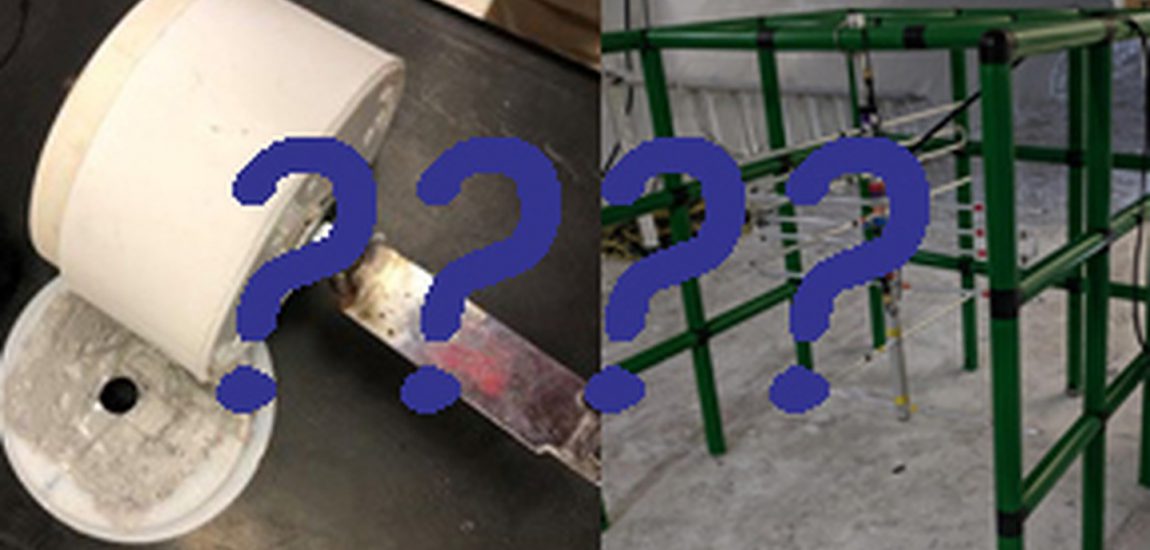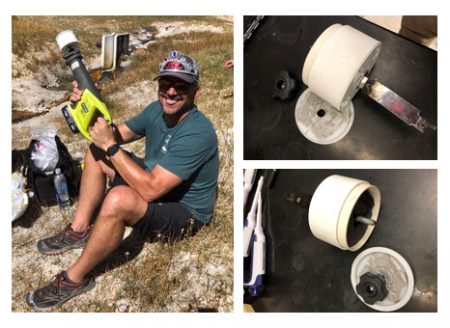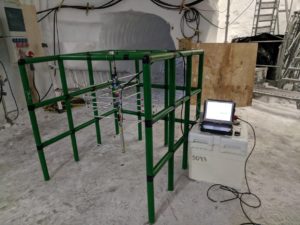
DIY for the field
The field homogenizer

Last month in ‘Lab Corner’, we featured some tips and tricks for repurposing everyday items for the lab and field. In this next contribution, geomicrobiologists from the University of Oklahoma put together an ingenious gadget for homogenizing biological samples, and a glaciologist from Cardiff University repurposes a climbing frame for fieldwork in Greenland.
“When preserving biological materials for nucleic acid extraction, it’s better to homogenize your samples (soil, microbial mat, filter) as quickly as possible. We solved this problem by using a battery-powered reciprocating saw and attaching our samples to the blade or chisel with tape. This worked so well that we developed the design to use a sample cup attached to the end of a chisel via some bolt stock. Aside from the welding, anyone can make this with PVC pipe/caps. Keep it as light as possible though!”
By Bradley Stevenson and Blake Stamps
How to protect and support an antenna during data reception...from a glacier in Greenland!
“We love to repurpose household items for science, and when conducting fieldwork in remote polar environments, we’ve become experts at adapting whatever equipment we can find. Our best example from the last field campaign in Greenland was the use of a kid’s climbing frame to hold our antenna. We’re developing an instrument to measure water beneath ice, to understand the microbial and geochemical environments and assess the link between subglacial water and ice flow. The instrument (see this BBC article about the ‘Cryoegg’ system) transmits data using radio, so we need an antenna at the surface to receive it. The antenna must point down towards the ice, but the stand that holds it cannot be metallic in case it interferes with the radio signal. We found a brand of modular climbing frames, Quadro, that was perfect for building a stand, could be easily transported, and was sufficiently robust to survive the extreme wind and cold on the Greenland ice sheet. The company very kindly sponsored us, sending us some boxes to try! The system was a great success, and when the project is finished, I’m looking forward to putting it in my garden for my kid to play with. I doubt he’ll care that it’s been used for cutting edge science in Greenland!”
By Dr. Liz Bagshaw

If you have any ingenious DIY solutions to lab and field challenges that you’d like to share, send them to us at the EAG Office!
